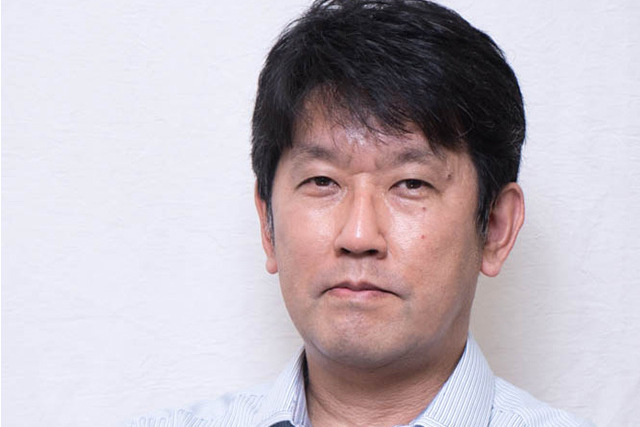
Atomically precise gold clusters as model catalysts
27 June 2025, 2 p.m.
Abstract
Gold clusters protected by organic ligands, stabilized by polymer, and immobilized by solid supports have provided ideal platforms to study the correlation between various structure parameters and catalytic properties. This talk will introduce precision synthesis and structural characterization of Au clusters and discuss how the catalytic performances are affected by key structural parameters such as size, doping, and surface modification. These fundamental studies will establish a guiding principle to design and optimize the catalytic properties of Au-based clusters. The topic includes the following recent examples:
- Photocatalysis by phosphine-protected MAu12 (M = Au, Pd, Rh, Ir, Pt) [1, 2].
- Electrocatalysis by N-heterocyclic carbene-protected Au11 [3] and Au24 [4].
- Alcohol oxidation by poly(N-vinyl-2-pyrrolidone)-stabilized Au24 [5], Au38 [6] and Au23Pd1 [7].
- Alcohol oxidation by Au25 supported on double metal hydroxide [8], partially thiolated Au25 anchored on carbon [9], and partially thiolated Aun (n = 25, 102) on layered double hydroxide [10].
References:
[1] ChemElectroChem. 11, e202300669 (2024). [2] Angew. Chem., Int. Ed. 61, e202207290 (2022). [3] Nature Chem. 11, 419–425 (2019). [4] J. Am. Chem. Soc. 144, 9000–9006 (2022). [5] JACS Au 1, 660–668 (2021). [6] ACS Catal. 12, 6550–6558 (2022). [7] ACS Nano 16, 16932–16940 (2022). [8] Nanoscale 14, 3031–3039 (2022). [9] ACS Catal. 13, 3263–3271 (2023). [10] ACS Catal. 13, 16179–16187 (2023).



